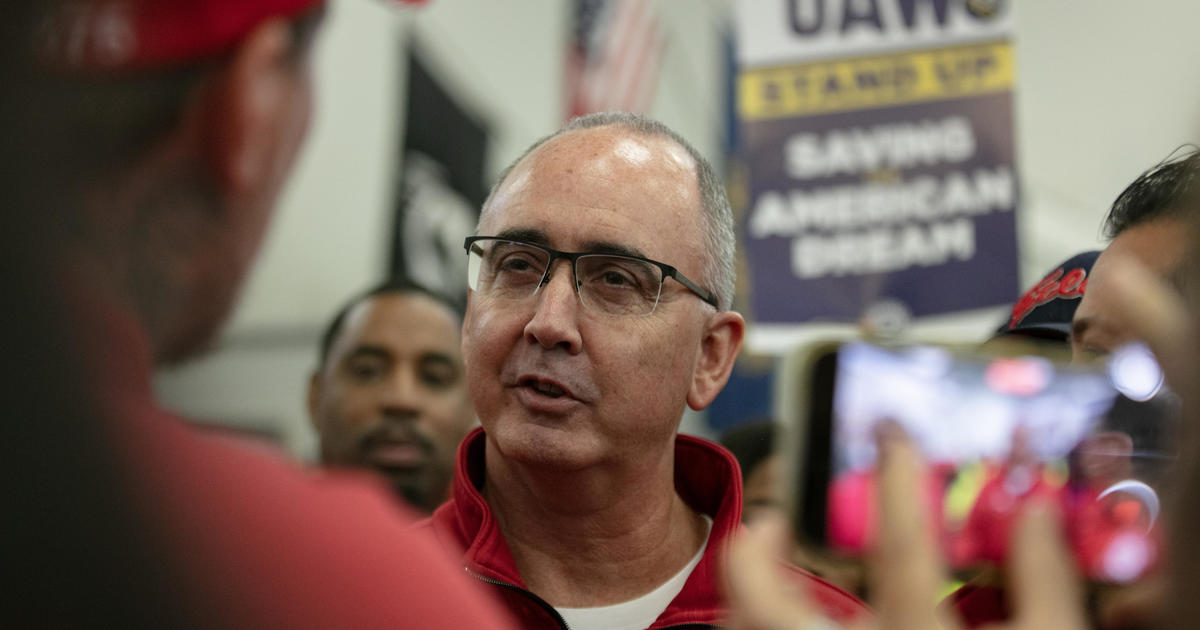Berkeley Lab And Internet2 To Build 100 Gbps Prototype Scientific Network
The Lawrence Berkeley National Laboratory in Berkeley, Calif. and Ann Arbor-based Internet2 Wednesday announced an agreement to build one of the world's fastest and most advanced scientific networks to further accelerate U.S. competitiveness in science and technology.
The new network will be built for the Department of Energy by Berkeley Lab's Energy Sciences Network for its Advanced Networking Initiative, a $62 million American Recovery and Reinvestment Act grant.
Under this agreement, which builds on a long-standing relationship between the organizations, ESnet and Internet2 will work together to construct and operate the new 100 gigabit per second ANI prototype network using one of the first national-scale deployments of 100 Gigabit Ethernet technology. The ANI prototype network will significantly increase the information-carrying capacity of ESnet's present network, which uses 10 Gbps technology.
"The ANI prototype is a crucial step forward to a future nationwide 100 Gbps production network that will connect DOE scientists with unprecedented network capabilities to conduct data-intensive research and collaborations, bolstering U.S. scientific innovation in areas that will impact society, such as climate studies, clean fuels, particle physics, and genomics," said Steve Cotter, ESnet department head. "The agreement extends a strong working relationship between Internet2 and ESnet to provide the research and education community with the most robust networking resources to meet its current and future needs."
Internet2 is an advanced networking consortium that provides a national high-performance network that connects America's universities and research institutions and extends connectivity to research networks worldwide. Berkeley Lab-based ESnet's national network connects thousands of DOE scientists at over 40 different U.S. laboratory and supercomputing facilities and links them to their collaborators around the world.
To build the national network, Internet2 will use fiber strands on Level 3 Communications' Tier 1 fiber-optic network. ESnet will also have the option to access 4.4 terabits per second (Tbps) of capacity for the ESnet ANI network using Ciena's 6500 Packet-Optical Platform. The ESnet ANI prototype network will initially connect three DOE unclassified supercomputing centers: the National Energy Research Scientific Computing Center (NERSC) at Berkeley Lab, Oak Ridge Leadership Computing Facility (OLCF) in Tennessee, and Argonne Leadership Computing Facility (ALCF) in Illinois, as well as the Manhattan Landing International Exchange Point (MANLAN) in New York.
During the prototype phase, the network will be used for applications and networking research, including connecting the Magellan cloud computing resources at NERSC to ALCF, and the Acadia project, which will develop network interface controller hardware and device-driver/protocol-specific software for host and gateway systems operating at 40 and 100 Gbps. The prototype network will also serve as a platform for building out technologies leading to an eventual 1-terabit per second wavelength network.
"Science is becoming more data-intensive and remote instruments are producing significantly more data volume than in previous generations," said Dave Lambert, Internet2 president and CEO. "As a result, research network traffic is growing at twice the rate of commercial Internet traffic, and the trend is expected to accelerate as the scope of scientific collaborations increases and scientists around the world draw data from geographically dispersed experimental facilities like the Large Hadron Collider. Increasing the capacity of networks is more important than ever to enable scientists to analyze data, collaborate, and combine data sets in new ways from these experiments. Working together with Berkeley Lab to build more capable networks like the ANI prototype will provide researchers with richer services that will increase scientific productivity and shorten the time to discovery for the innovations needed to confront the challenges facing our society today."
Cotter added, "To bring ANI online, we are working together to dramatically increase both the capacity and the reach of our networks in a mutually beneficial way. By combining resources and expertise, we are realizing unprecedented synergies, making both of our investment dollars go further."
The prototype network will contribute to accelerated development and wider deployment of 100 Gbps technologies as manufacturers realize economies of scale. The new network is also intended to help improve U.S. competitiveness in science and technology innovation leading to the development and commercialization of future technologies.
"The ANI project benefits our nation in two important ways," said Mike Aquino, senior vice president of Ciena's Global Field Organization. "First, it delivers next-generation infrastructure to enable new connectivity and applications for government, research and education, and enterprises, fulfilling a key goal of the American Recovery and Reinvestment Act (ARRA). Second, and just as importantly, it helps advance our understanding of the world and universe by enabling closer and richer collaboration among ESnet's scientific community."
"Level 3's robust, scalable and expansive fiber-optic network is ideal for research and education projects of this size," said Edward Morche, senior vice president of Level 3's Federal Markets. "We're proud of our long-standing relationship with Internet2 and to provide the national backbone to support one of the world's fastest scientific networks."
In the spirit of collaboration between the national lab and university communities, Berkeley Lab will also make its dark fiber assets directly available to both DOE researchers and Internet2 university members for disruptive network research efforts, which are critical for enabling breakthrough networking technologies. In doing so, scientists can build testbeds at scale to experiment with new network protocols and paradigms in ways not previously possible.
More at www.internet2.edu.



